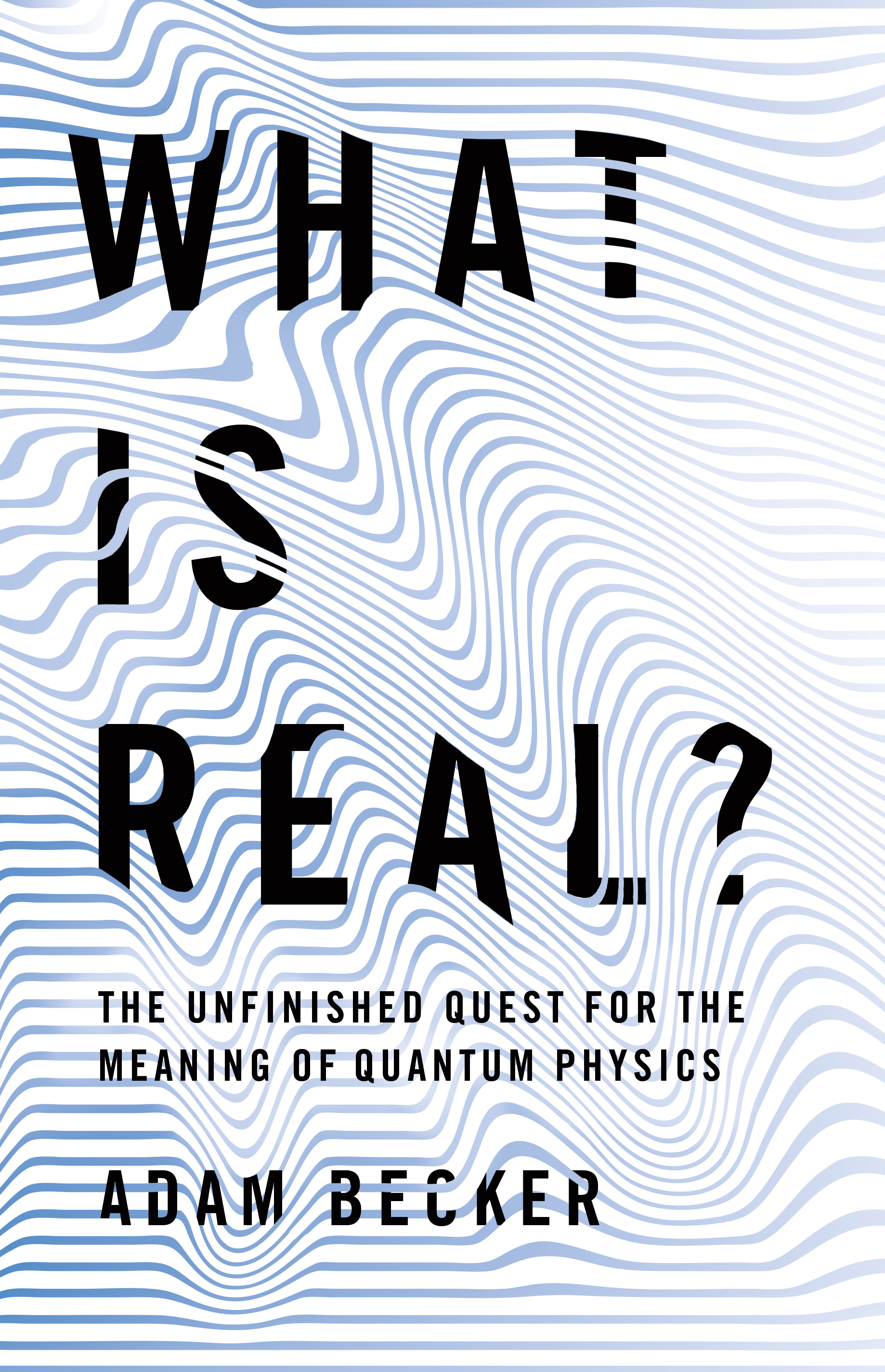Quantum Roulette and the Nature of Reality
An interactive exploration of Bell's theorem, the strangest result in quantum physics

There’s a secret hidden at the heart of quantum physics. Like most secrets that have been successfully kept, this secret is peculiar and a little embarrassing. It’s also one of the most astonishing discoveries ever made in the history of science. It is the strangest thing that I know, and I want to share it with you. It’s called Bell’s theorem.
Proving Bell’s theorem is usually something that’s done furtively in the back of quantum mechanics textbooks. We’re going to do it right here instead—and we’re not going to use any complicated equations to do it. Instead, we’re going to use a casino.
A new casino has opened up in the small town of Bellville, California—and it’s owned by Ronnie the Bear, who is suspected of having mob connections. You’re an inspector for the California Gaming Bureau, and you and your fellow inspector Fatima are heading up to Bellville to check out the casino before it opens, because you know Ronnie is probably up to something.
When you get there, you find that Ronnie’s casino floor has an overcomplicated roulette setup. In the center of the room is a large machine, with a chute extending out from each side to the roulette tables at either end of the floor. At each of the two roulette tables, there are three roulette wheels, with a smaller spinning dial in the center. In accordance with state law, the roulette wheels only have alternating squares of red and black on them, not numbers—roulette wheels with numbers on them are illegal in the state of California. (Really.) Once you and Fatima are each seated at one of the tables, you each select one of the three wheels in front of you. Then Ronnie presses a button on the machine, and a roulette ball appears in each of the chutes, rolling toward the tables.

